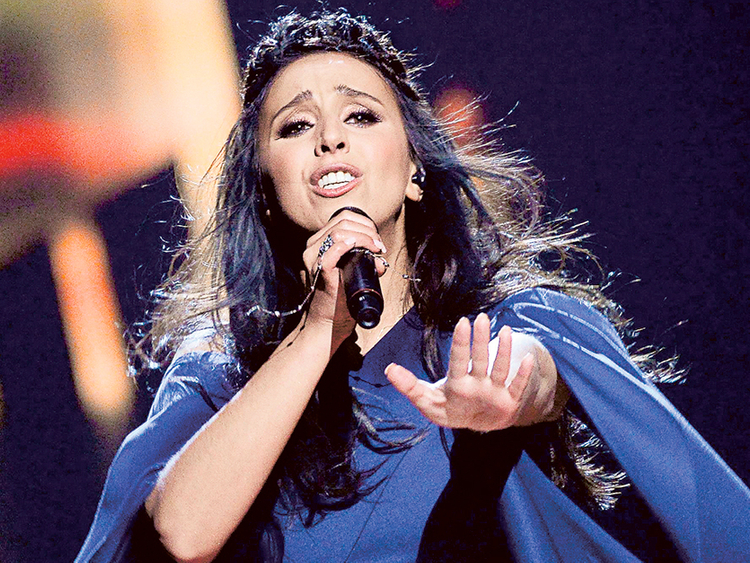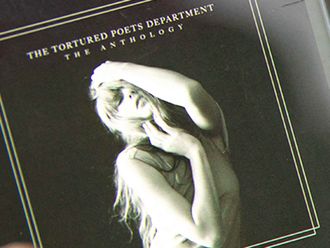
Outlandish costumes, bizarre lyrics, political controversy and the occasional decent song can mean only one thing: the 2016 Eurovision Song Contest has begun.
Tuesday’s first semi-final showcased many of the elements that make the annual competition a must-see in Europe’s television calendar.
Organisers say around 180 million people all the way from Ireland’s Atlantic coast to Russia’s Pacific port of Vladivostok will tune in to watch Saturday’s final, which is taking place in the Swedish capital of Stockholm for the second time.
Before that, another semi-final on Thursday will whittle down the number of competing nations to 26.
Performers put on a show during the final. (Image Credit: AFP)
Six countries — host Sweden, along with Britain, France, Germany, Italy and Spain — automatically qualify for the final. Then it’s up to the people of Europe to decide who will be crowned the winner.
Along the way, nothing can be taken for granted.
What resonates in one country may be raise eyebrows elsewhere. It’s not just the songs — the garish costumes, the over-the-top lyrics, the historic rivalries and the frankly inexplicable are key ingredients in the voting. They also help explain how the show has lasted for 60 years.
Ireland has won the Eurovision competition the most — seven times. Norway has been at the bottom the most — 11 times.
The Swedish group ABBA, which won in 1974, is undoubtedly the competition’s most successful winner. Following their victory with Waterloo, ABBA enjoyed unprecedented international success and their songs decades later turned into the backdrop for Mamma Mia, one of the biggest theatrical and cinematic musicals of recent times.














